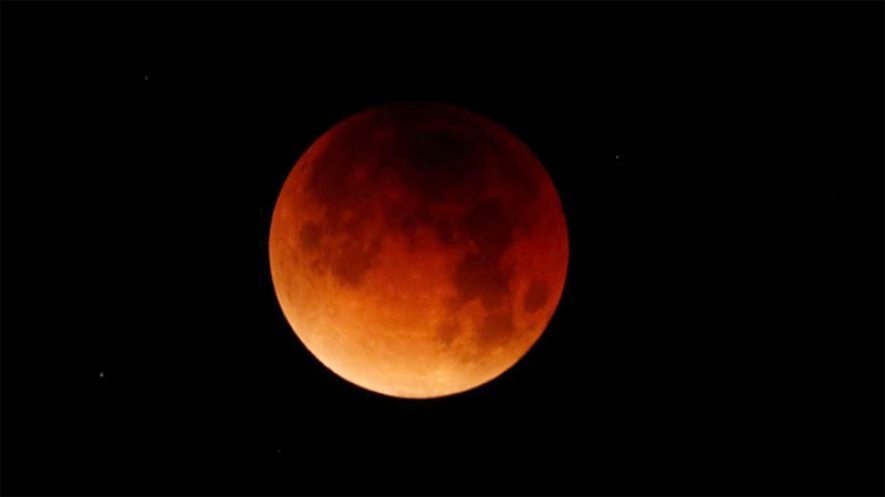This will be the first central lunar eclipse since June 15, 2011. The total phase of the “blood moon” eclipse of July 27 will last 1 hour and 43 minutes. From start to finish, the entire celestial event will last nearly 4 hours.
This time’s lunar eclipse occurs on the same day the planet Mars reaches its opposition, when it will shine at its best in the night sky.“The red planet will be at its closest approach to Earth and its face will be fully illuminated by the Sun.
It will be brighter than any other time of the year and will be visible all night long. This is the best time to view and photograph Mars. A medium-sized telescope will allow you to see some of the dark details on the planet’s orange surface,” said Sri Lanka Planetarium in its official website.
“It is also expected to be the longest blood moon witnessed in 100 years. The moon will be visible in a scarlet red hue for over 1 hour and 43 minutes, which is 40 per cent longer than any other blood moon measured in recent times. A total lunar eclipse is sometimes called a Blood Moon, because of the reddish colour the Full Moon takes on when fully eclipsed. As the Sun’s rays pass through the earth’s atmosphere, some colors in the light spectrum are filtered out due to scattering. Red wavelengths are least affected by this effect, so the light reaching the moon’s surface has a reddish hue, causing the fully eclipsed moon to take on a red color.”
“If we talk about the world, the areas that are at a prime position to see this eclipse in its full glory are eastern Africa, central Asia and the Middle East. Sri Lankan will not have the opportunity see another total lunar eclipse from beginning to the end again till 2025 and school children in particular shall organize night sky astronomical observation camps using this rare celestial event.”




















